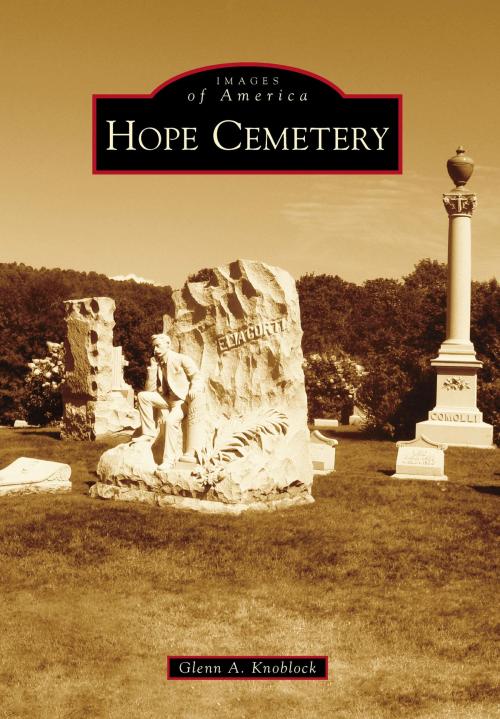Hope Cemetery
Nonfiction, Travel, Pictorials, Art & Architecture, Photography, Museums, Tours, & Points of Interest| Author: | Glenn A. Knoblock | ISBN: | 9781439664537 |
| Publisher: | Arcadia Publishing Inc. | Publication: | May 14, 2018 |
| Imprint: | Arcadia Publishing | Language: | English |
| Author: | Glenn A. Knoblock |
| ISBN: | 9781439664537 |
| Publisher: | Arcadia Publishing Inc. |
| Publication: | May 14, 2018 |
| Imprint: | Arcadia Publishing |
| Language: | English |
Hope Cemetery in Barre, Vermont, is one of New England's most renowned graveyards. This 85-acre "open-air museum" is noted for the artistry and craftsmanship of its monuments, derived exclusively from legendary Barre gray granite. The cemetery attracts thousands of visitors every year, particularly when the foliage turns during fall. Barre was a boomtown with a rapidly rising population of European immigrants, especially those from Italy and Scotland, seeking opportunities as artisan carvers and laborers in the area's granite quarries. Ethnic enclaves developed around Barre; most notably, the city's north end became known as Little Italy. This diversity is captured in granite on the monuments of those interred at Hope Cemetery--not only in the surnames etched in stone but also in the monuments' widely varying symbols of remembrance. Within Hope Cemetery, memorials range from traditional European forms, including angels, cherubs, and other religious hallmarks, to highly individualized modern monuments depicting images representative of family life, interests, and leisure in the form of such diverse objects as lounge chairs, airplanes, race cars, a soccer ball, and many more.
Hope Cemetery in Barre, Vermont, is one of New England's most renowned graveyards. This 85-acre "open-air museum" is noted for the artistry and craftsmanship of its monuments, derived exclusively from legendary Barre gray granite. The cemetery attracts thousands of visitors every year, particularly when the foliage turns during fall. Barre was a boomtown with a rapidly rising population of European immigrants, especially those from Italy and Scotland, seeking opportunities as artisan carvers and laborers in the area's granite quarries. Ethnic enclaves developed around Barre; most notably, the city's north end became known as Little Italy. This diversity is captured in granite on the monuments of those interred at Hope Cemetery--not only in the surnames etched in stone but also in the monuments' widely varying symbols of remembrance. Within Hope Cemetery, memorials range from traditional European forms, including angels, cherubs, and other religious hallmarks, to highly individualized modern monuments depicting images representative of family life, interests, and leisure in the form of such diverse objects as lounge chairs, airplanes, race cars, a soccer ball, and many more.















